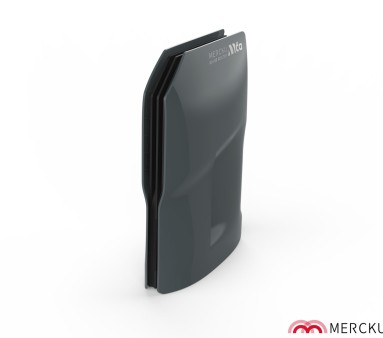
Next Day Delivery
Next Day Delivery
Safe & Secure Payments
30 Day Easy Return
Business Discounts Available
There are three common methods of wired internet connection: ADSL, FTTC, and FTTP—each offering unique advantages tailored to different needs and circumstances.
ADSL (Asymmetric Digital Subscriber Line)
ADSL is a digital communication technology that enables high-speed data transmission over traditional copper telephone lines.
FTTC (Fiber to the Cabinet)
FTTC is a fibre optic internet connection where fibre cables run from the exchange to the street cabinet, and then copper cables carry the signal from the cabinet to the premises.
FTTP (Fiber to the Premises)
FTTP involves running fibre optic cables directly from the exchange to the user's premises, offering a complete fibre optic connection.
| Category | ADSL | FTTC | FTTP |
|---|---|---|---|
| Technology | Uses existing copper telephone lines | Fibre to cabinet, copper for the last mile | Fibre-optic cables directly to premises |
| Speed | Up to 24 Mbps (download) / 3 Mbps (upload) | Up to 80 Mbps (download) / 20 Mbps (upload) | 1 Gbps+ (download & upload) |
| Distance Limitation | Performance degrades with distance from exchange | Performance drops with distance from street cabinet | No limitations, speed is consistent |
| Reliability | Prone to interference, depends on copper quality | More reliable but still affected by copper quality | Highly reliable, no interference issues |
| Installation | Requires only a modem | Requires fibre to cabinet and copper connection | Needs fibre installation to premises |
| Availability | Widely available, even in rural areas | Common in urban & suburban areas, less in rural | Limited to urban or new developments |
| Cost | Low cost due to copper infrastructure | Moderate cost due to fibre upgrades | Higher initial cost, but long-term savings |
| Symmetry | Asymmetric (faster download) | Asymmetric (faster download) | Can be symmetric (equal upload/download) |
| Future-proofing | Limited, relies on aging copper | Moderate, still relies on copper for last mile | Highly future-proof, ideal for future tech |
Faster uploads and downloads. Improved reliability and stability. Future-ready for new technologies like smart offices and IoT.
+44 (0)1275 395 118 or email us at sales@utilitynetworks.co.uk
This site uses cookies to store information on your computer. Some of these cookies are essential to make our site work and others help us to improve by giving us some insight into how the site is being used. By using our site you accept the terms of our Privacy Policy.
Privacy Policy